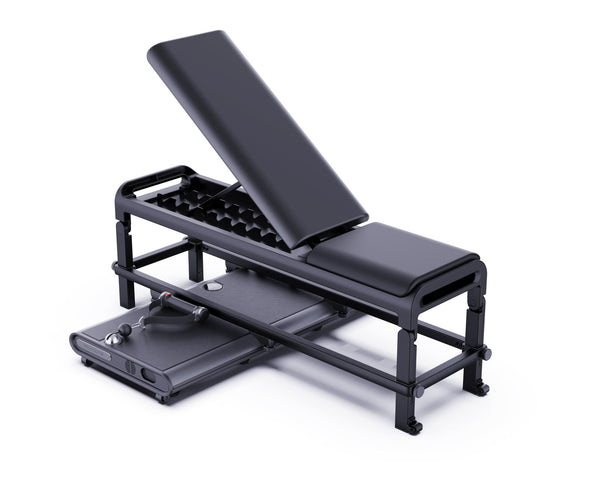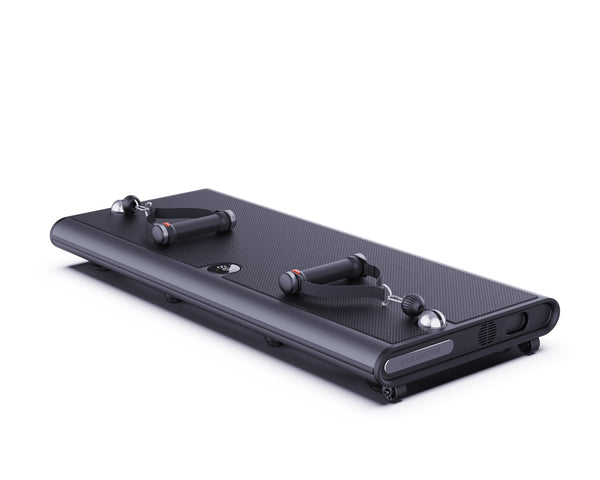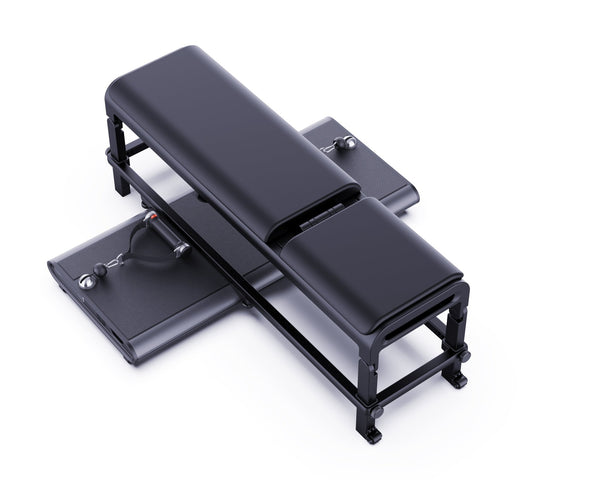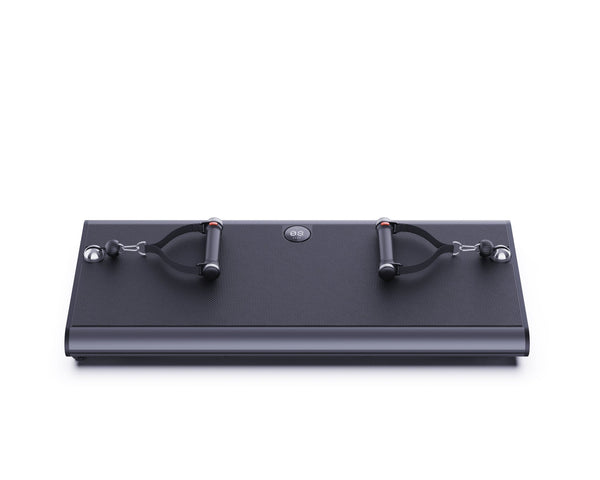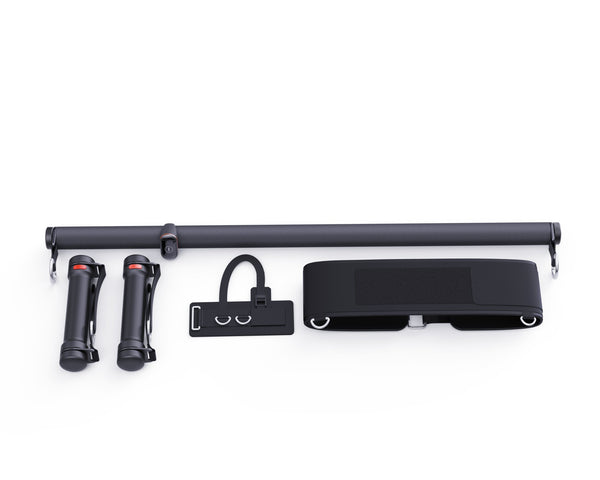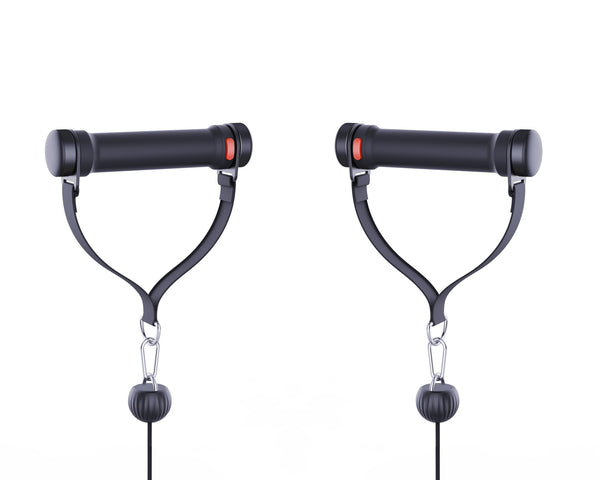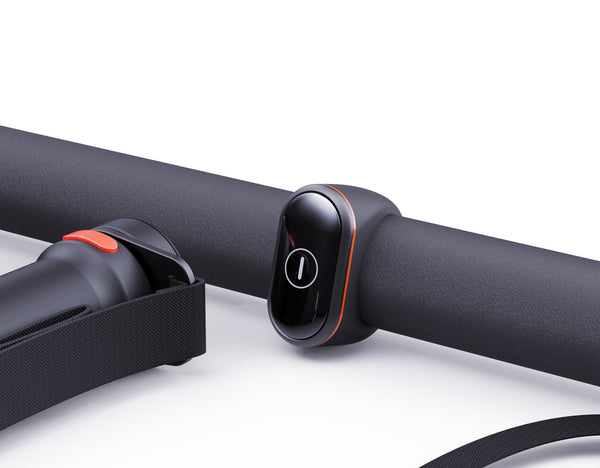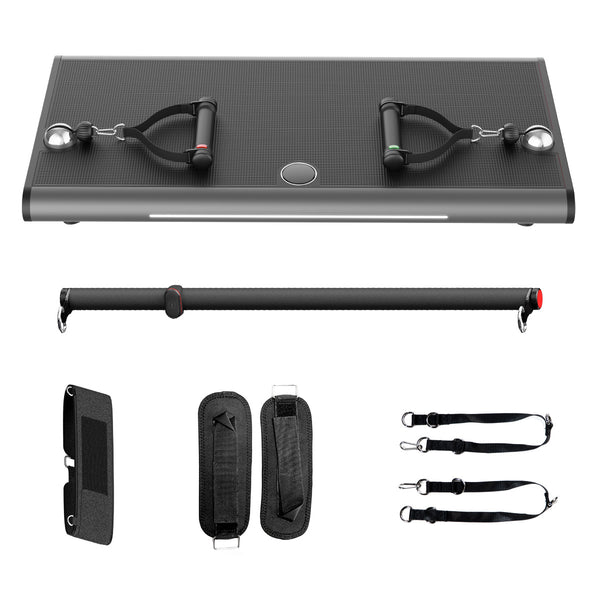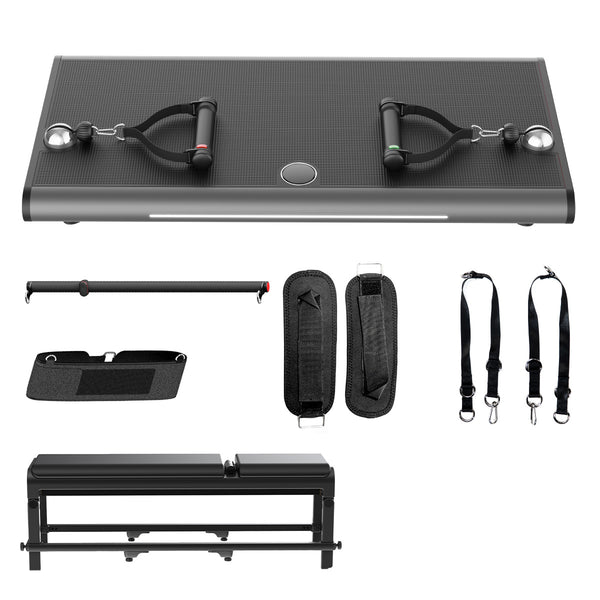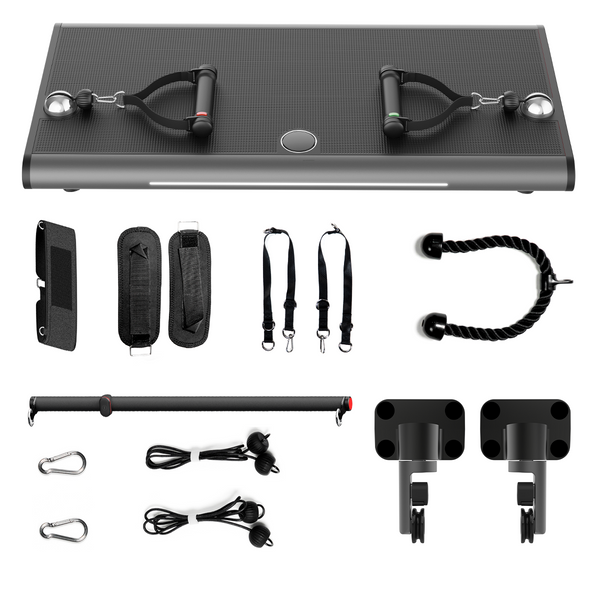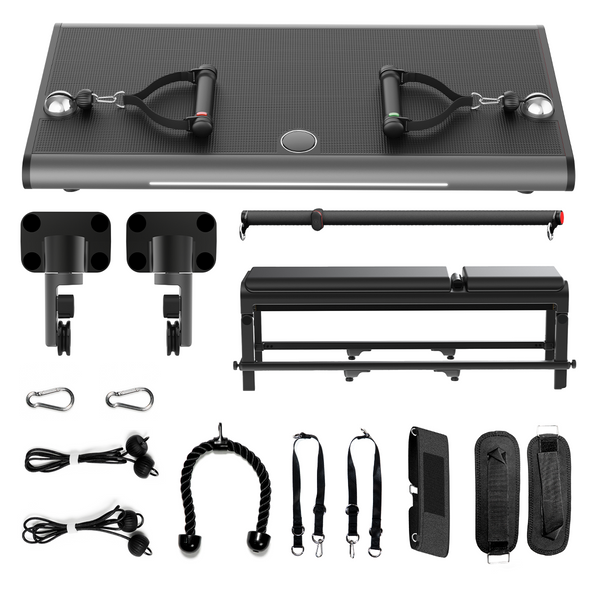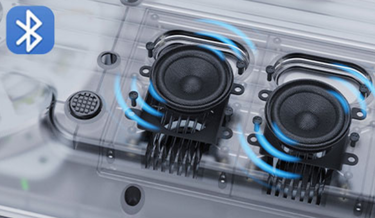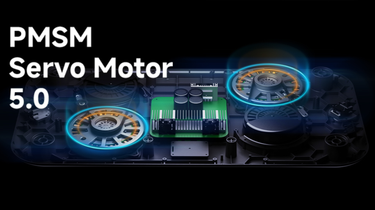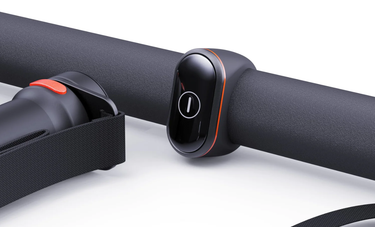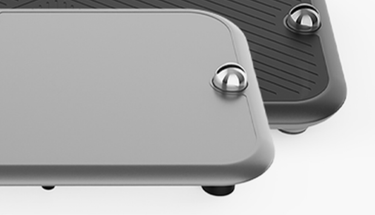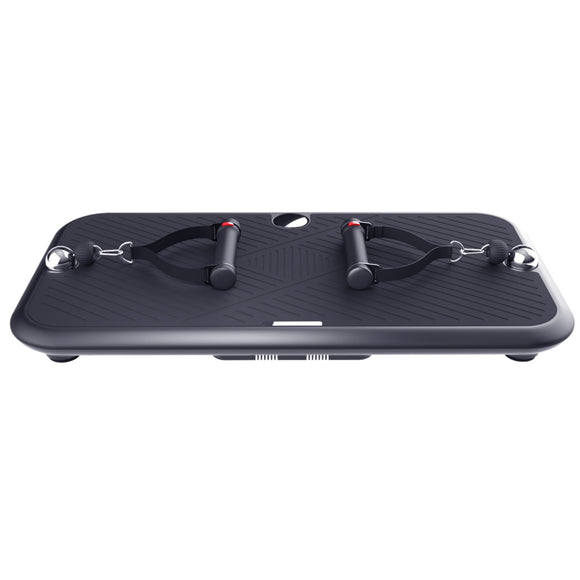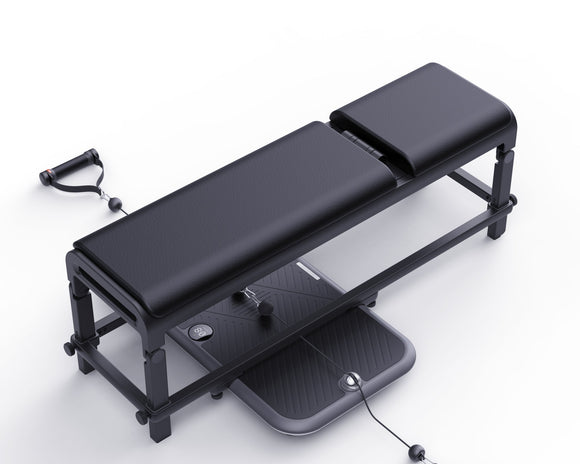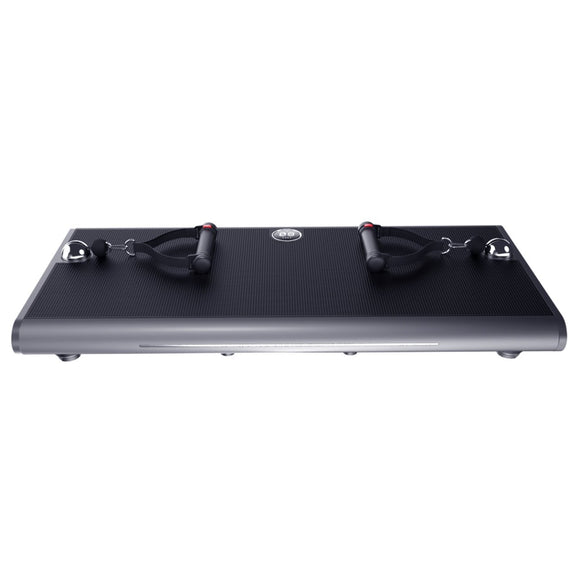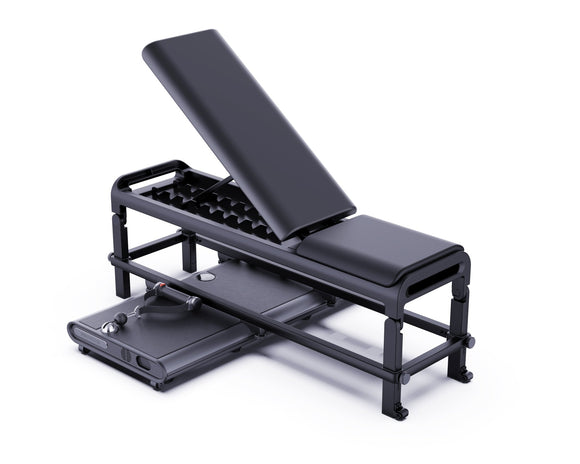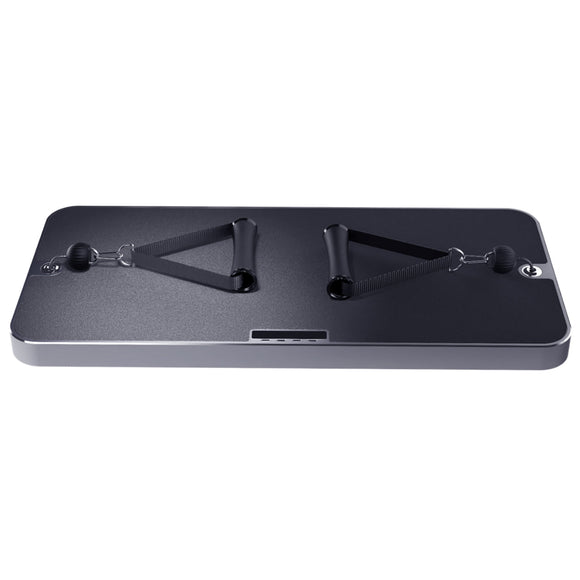Pair some text with a product to highlight features.
4 Resistance Different Modes
Multiple training modes, on-demand switching fat burning, shaping, muscle building, multi-dimensional to meet the fitness needs, and efficiently enhance the training effect; suitable for more people to use, beginners, professional fitness enthusiasts and so on;

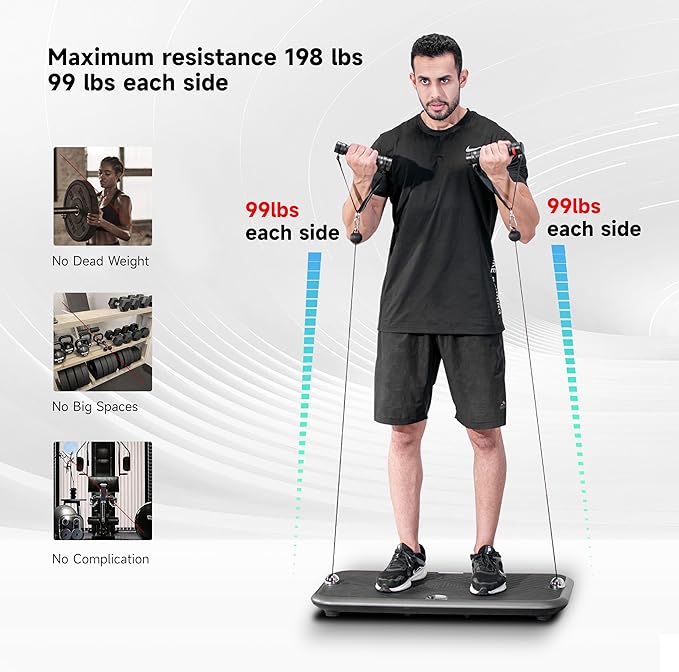
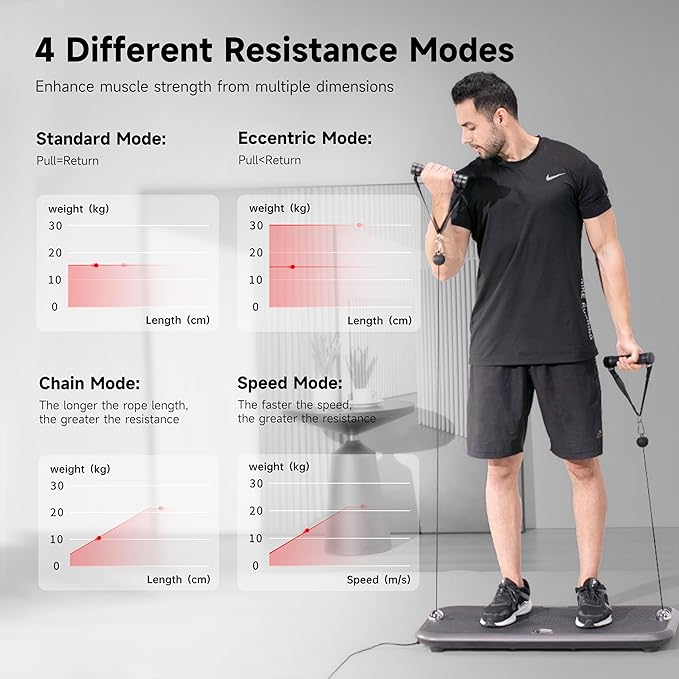

Why Choose INNODIGYM P1
-
![]()
MINIMAL DESIGN-6CM/2.4 INCH
Adopting ultra-thin design and aluminum alloy integrated die-casting
-
![]()
Stereo 5w Blueto-Oth Amplifier
The Stereo 5W Bluetooth Amplifier delivers powerful sound in a compact design. Enjoy wireless audio streaming with Bluetooth connectivity.
-
![]()
5.0 Disc Type Servo Motor
Experience unmatched precision with Innodi P1, powered by our 5.0 Disc Type Servo Motor. Elevate home workouts with this advanced, durable tech.
-
![]()
Security Protection Mechanism
Multiple Protection Mechanisms Enabled by Advanced Artificial Intelligence: Enhanced Security Features
-
![]()
Safety Button
Safety buttons on both handles and the bar. It act as afailsafe mechanism,instantly releasing the weights when the load becomes challenging.
-
![]()
Aerospace Materials
levate your home gym with the Innodi P1 series, utilizing aerospace materials for unmatched strength and longevity.
Hypertrophy is a term that frequently pops up in fitness discussions, particularly when it comes to muscle growth. At its core, hypertrophy refers to the increase in the size of muscle fibers, a vital aspect for anyone looking to enhance their physique and strength.
There are two primary types of hypertrophy: myofibrillar and sarcoplasmic. Myofibrillar hypertrophy focuses on increasing the density of muscle fibers, leading to greater strength and power. This is often achieved through heavy lifting with lower repetitions. On the other hand, sarcoplasmic hypertrophy enhances the storage capacity of glycogen in muscle cells, which can improve endurance and overall muscle size. This is typically targeted through higher repetitions and lighter weights.
To effectively stimulate hypertrophy, a well-structured training program is essential. Incorporating progressive overload—gradually increasing the weight or resistance—is crucial for continual growth. Additionally, ensuring adequate rest and recovery is vital, as muscles need time to repair and grow after intense workouts.
Nutrition plays a significant role in supporting hypertrophy. Consuming a balanced diet rich in protein is essential, as protein is the building block of muscle. Aim for a protein intake of about 1.6 to 2.2 grams per kilogram of body weight, depending on your training intensity and goals.
In summary, understanding hypertrophy is fundamental for anyone aiming to build muscle effectively. By focusing on the right training techniques, nutrition, and recovery, you can unlock your body's potential and achieve your fitness goals. Whether you're a beginner or an experienced lifter, embracing hypertrophy can lead to significant improvements in your strength and physique.


